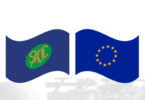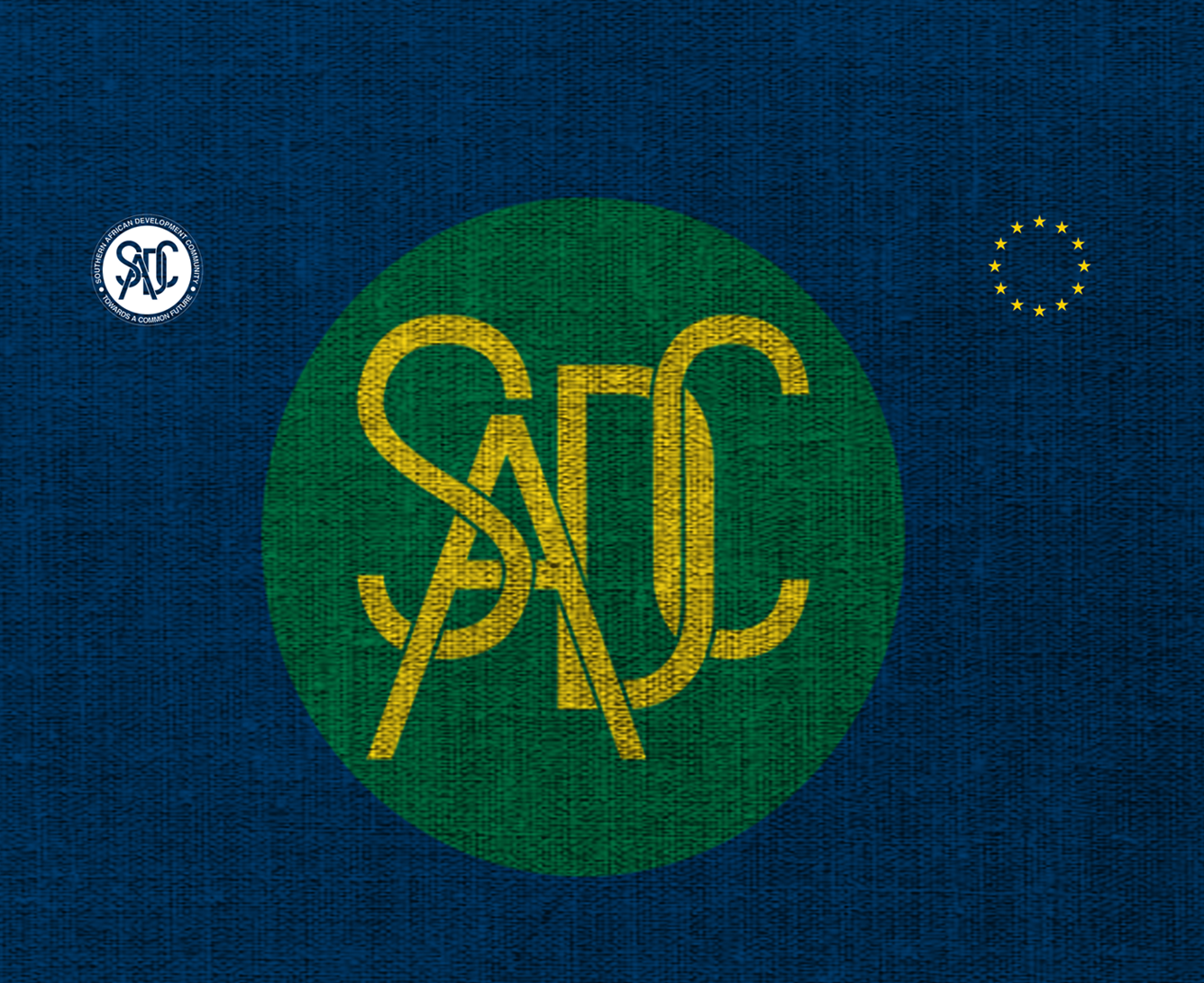by Bodwa Mbingo
Swaziland’s global trade sphere will no longer be the same with the European Union (EU) ready to inject millions to change the country’s economic environment as from next month.
The funds will propel projects under the Southern African Development Community (SADC) – EU Economic Partnership Agreement (EPA) that bid to strengthen the market access of the country’s products to the EU.
On April 3, 2014, heads of state and governments of Africa and of the European Union, gathered at the Fourth EU Africa Summit, declared that their economies remain closely linked, and they would work to ensure that the growth of the one will help the other.
They were also convinced that trade and investment and closer economic integration on each of the continents would accelerate that growth and while acknowledging the valuable role of development assistance, they called for a fundamental shift from aid to trade and investment as agents of growth, jobs and poverty reduction.
EPAs between the EU and African, Caribbean and Pacific (ACP) countries are the main pillar of ACP-EU trade cooperation, and aim at creating the right conditions for trade and investment. In this context, the EPA between the EU and the SADC (Southern African Development Community) EPA2 Group establishes a long-term and stable trade relationship between both parties, in compliance with international trade rules.
The EU has, therefore, readied about E9 156 433 (€640 310) for Swaziland towards a project on Trade Facilitation, Trade Promotion and Development. The EU-SADC Trade Facilitation programme is still under design and implementation is not expected to start until next month – April 2018.
This action builds upon support provided under the 10th EDF through the Regional Economic Integration Support Programme (REIS) and the Trade Related Facility (TRF).
The EU-SADC TFP will continue supporting (Standardisation, Quality Assurance, Accreditation and Metrology (SQAM), the development of standards and the correct application of the WTO Agreement and the SADC Trade Protocol in order to enhance intra-regional trade.
Challenges
The project will however provide a more private sector-oriented focus, thereby assisting the private sector in SADC region to enter global value chains, and in particular strengthening trade with the European Union, by providing assistance to the implementation of the EU-SADC EPA.
The project tackles two main types of challenges experienced by the SADC region that include high cost of trading among the countries prompted mainly by the high costs of transport due to delays at the borders caused by poor trade facilitation; and participation in higher steps of the global value chains. Exports from the SADC region to EU and other markets consist mainly of commodities and unprocessed products, creating few employment opportunities.
This project aims at addressing these challenges through three interconnected key result areas: SADC Protocol on Trade and Trade in Services Effectively implemented; market access of SADC products to the EU enhanced through the implementation of the EU-SADC EPA; and trade flows within the SADC region increased along selected corridors and border posts.
Private sector awareness on the Standardisation, Quality Assurance, Accreditation and Metrology (SQAM) issues has often been raised to strengthen implementation of the SADC Trade Protocol; further support has been provided to the regional committees on SPS and TBT and the harmonisation of technical barriers to trade and coordination on SPS related issues across the region.
A further injection of about E15 730 000 (€1,100 000) will strengthen Swaziland’s national quality infrastructure and thus effectively intervening on, Quality Assurance, Accreditation and Metrology (SQAM)
In bringing about trade remedies in the EPA implementation and bringing about a competition policy, value chains, industrial development and uplifting tourism, about E12 293 567 (€859 690) will be injected into the economy to establish a national trade remedy unit, build institutional capacity to enhance the competition commission’s effectiveness; develop agro-processing value chains and strategies; promote industrial upgrading and modernisation; formulate a national tourism bill and reformulate national tourism policy; and the implementation of the EPA.
Safeguards
An EU study on the Economic Impact of the SADC EPA Group – EU Economic Partnership Agreement reflects that the EPA differs from most Free Trade Agreements (FTAs) currently in place or negotiated by the EU with other trading partners in that while it remains a reciprocal agreement, it weighs in favour of Southern Africa through specific provisions that include asymmetric market access where the EU has committed to opening its market more than the SADC EPA countries have committed to do.
The agreement fully takes into account the differences in the level of development between the two regions.
There are also safeguards where under the terms of the agreement, SADC EPA countries continue to be able to protect their sensitive products from European competition either by keeping tariffs in place or, if necessary, by imposing safeguard measures.
To support local agricultural production, the EU has also agreed not to subsidise any of its agricultural exports.
There are also flexible rules of origin where companies in the SADC EPA region also have more flexibility to use foreign components while still benefitting from free access to the EU market. In the SADC EPA, the rules defining the origin are formulated in a way to support development of new value chains in the region.
The so-called “cumulation of origin” enables canned fruit exporters to source fruit from neighbour countries, or textile producers to use imported fabric. This type of flexible rules of origin will benefit companies in agri-food, fishery and industrial sectors.
On development, the EU complements the market opening effort of its partners with substantial development assistance. This will contribute to development, sustainable growth and reducing poverty.
The study states that the economic impact of the EPA was assessed using a dynamic general equilibrium model, tailor-made for trade policy analysis and adjusted to the specific characteristics which apply to the southern African countries.
It says in a conservative manner, only the impact of the tariff reductions was assessed, i.e. what is easily quantifiable from the agreement. Essential provisions of the EPA (rules of origin, trade facilitation, cooperation on norms, and development assistance) were not considered in the model even though they weigh in favour of SADC EPA countries.
Based on the simulation results, SADC EPA countries’ GDP will be positively affected by the agreement, albeit to a small extent: Individual countries see their GDP grow by between 0.01 per cent and 1.18 per cent, whereas the weighted average GDP increase, which is strongly dominated by South Africa, is about 0.03 per cent. Meanwhile, recognising that a framework for trade cooperation will benefit the region, SADC passed its Protocol on Trade in the Southern African Development Community (SADC) Region on 24th August 1996.
The protocol intends to further liberalise intra-regional trade by creating mutually beneficial trade arrangements, thereby improving investment and productivity in the region.
It advocates that member states eliminate barriers to trade, ease customs procedures, harmonise trade policies based on international standards, and prohibit unfair business practices. The protocol also sets out institutional arrangements for implementation and contains annexes detailing policies on Rules of Origin, customs cooperation, harmonisation of trade documentation, transit facilities, and trade development. SADC amended the Protocol in 2000, 2007, and 2008, clarifying aspects of Rules of Origin and safeguard measures and incorporating new annexes on settlement of disputes and trade in sugar.




Leave a Comment